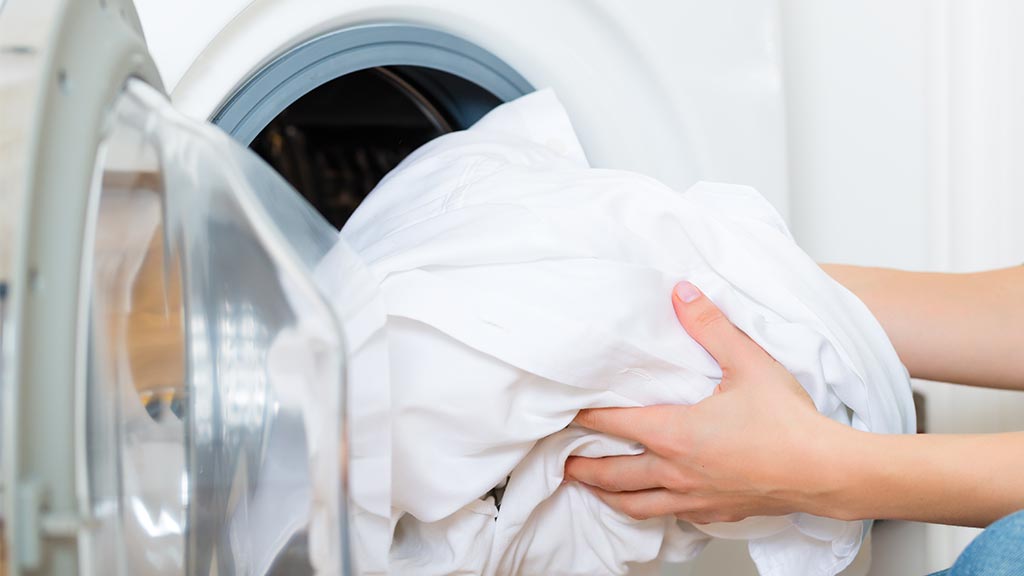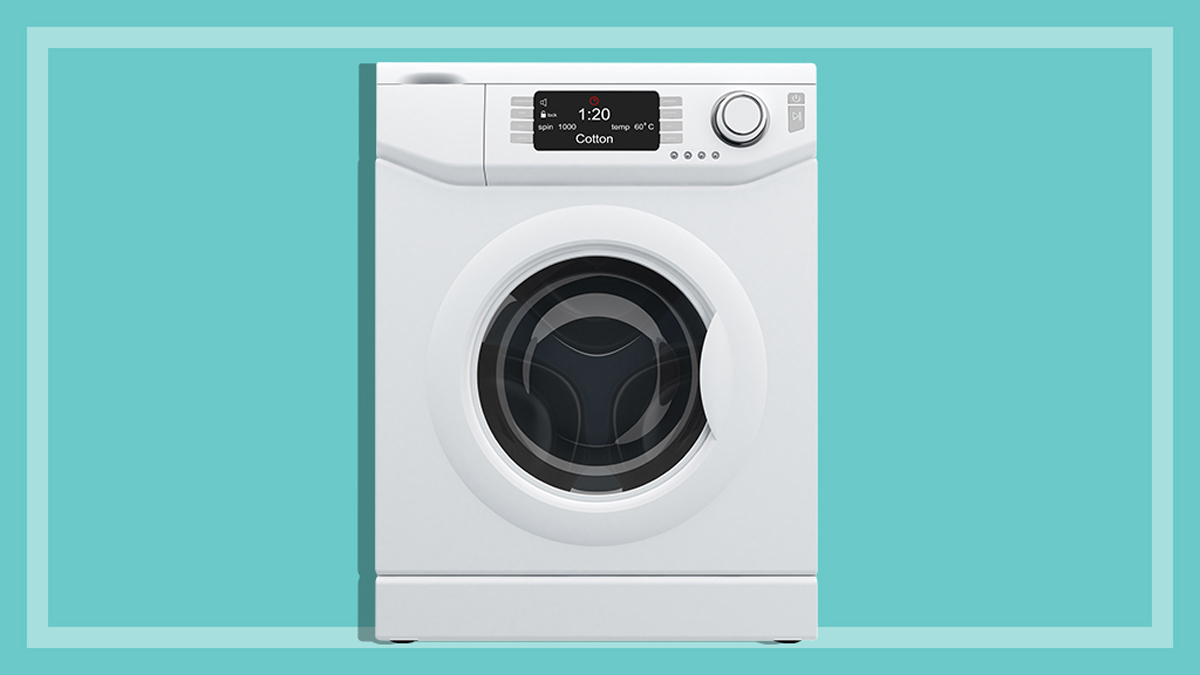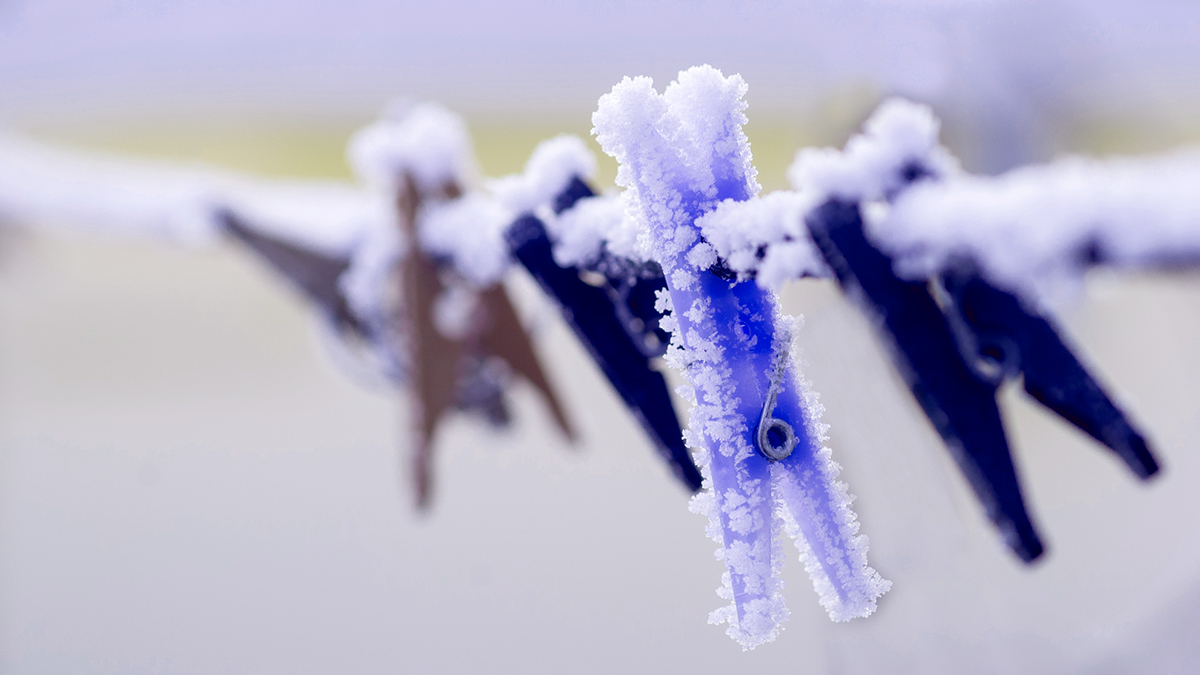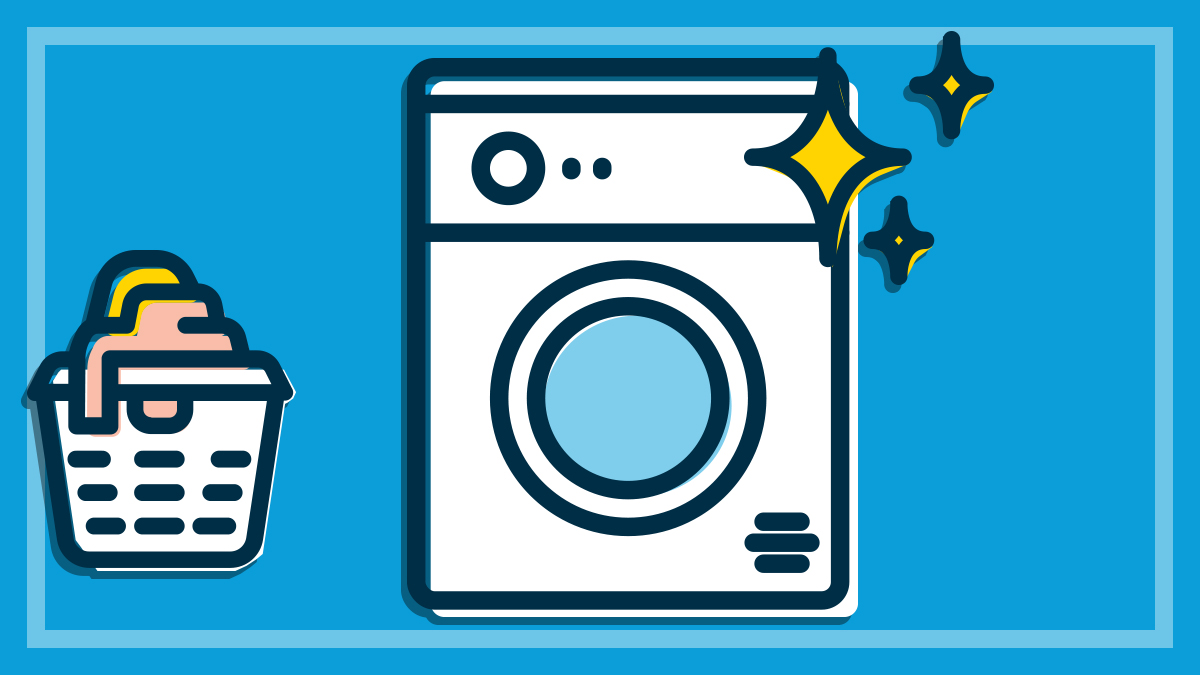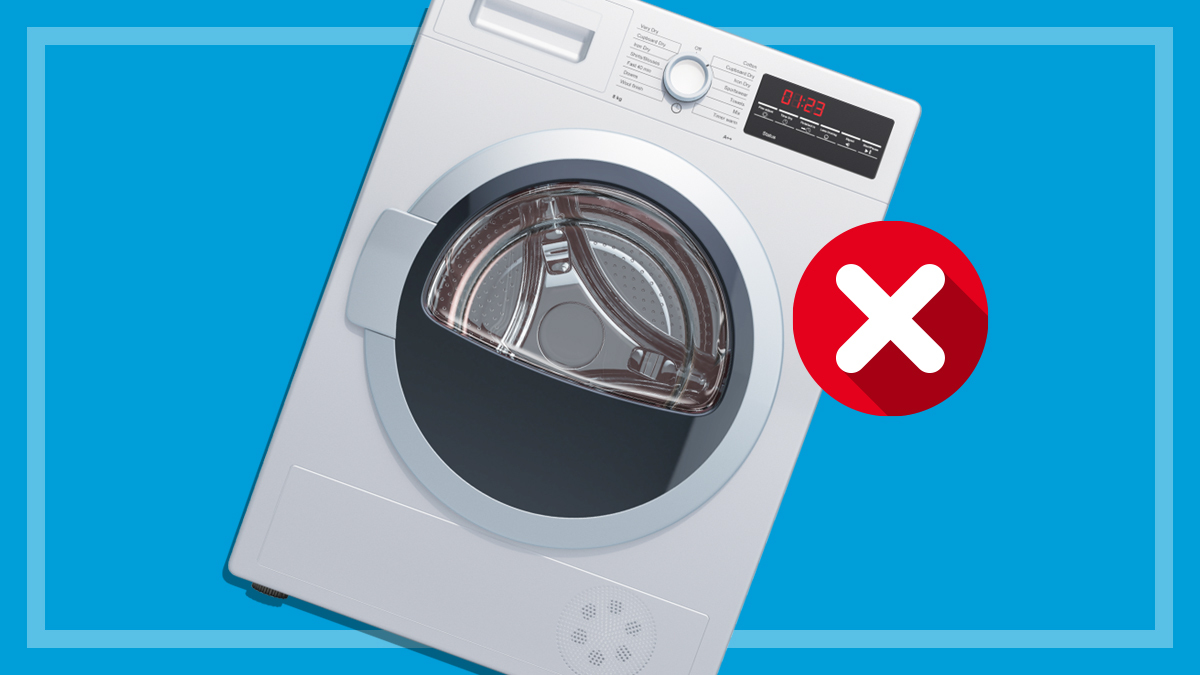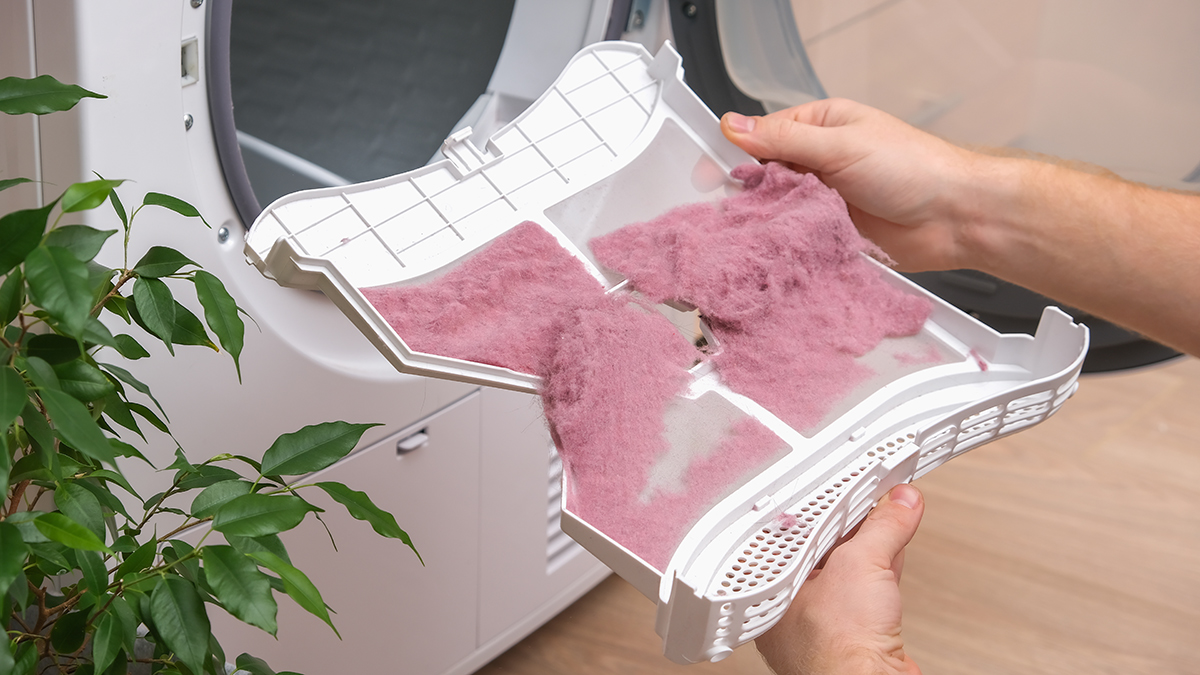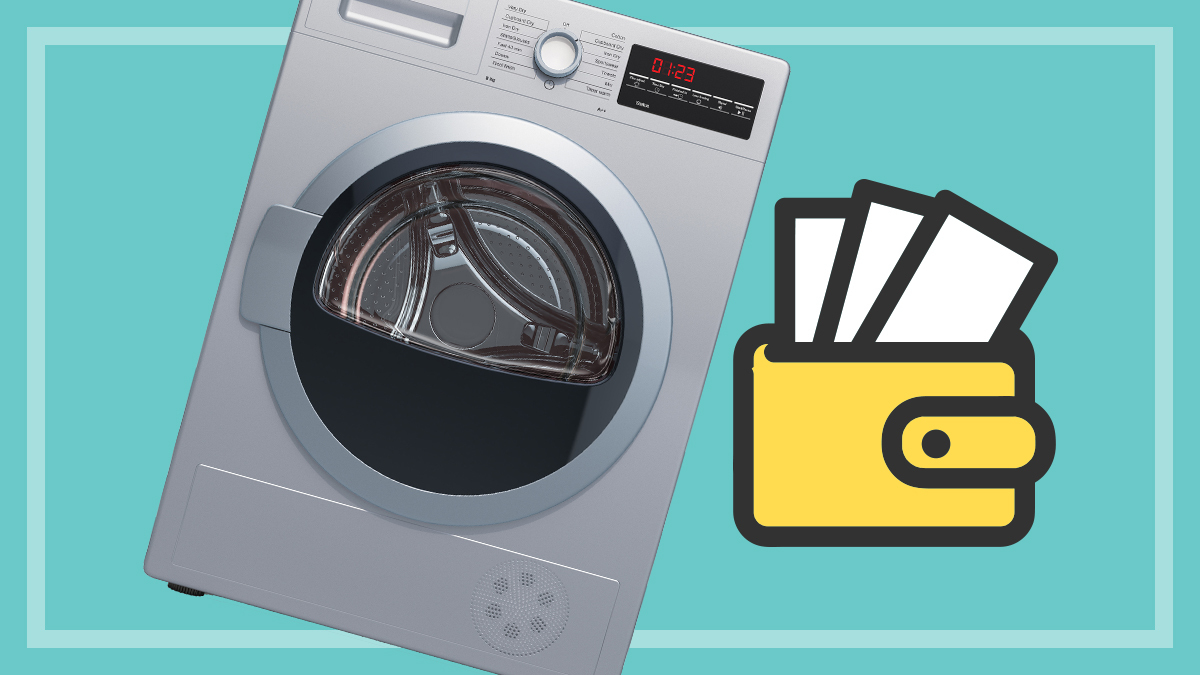How we test clothes dryers
Many clothes dryers chew up a lot of energy. Here's how we find you the best ones.
Last updated: 28 Mar 2024
As much as our testers would love to simply bring in their wet washing from home, and leave at the end of the day with freshly dried (and folded) laundry, there’s a lot more to our testing of clothes dryers.
On this page:
Our members rely on our rigorous testing methods to help them choose the best clothes dryer to buy. We take you behind the scenes to show how we test to a universal standard, while also assessing for real-world situations that can frustrate almost all dryer owners.
Our expert testers
Our expert testers have more than 30 years’ experience in the laundry lab. Many of them sit on international and Australian standards committees, which helps us stay in touch with how labs and manufacturers are changing the standards.
It also gives you a voice in this forum, where sometimes only government and industry are represented.
How does CHOICE choose which clothes dryers to test?
Why do we choose one clothes dryer over another? There are a number of factors, but our priority is to test what you’ll see in the stores, which means we tend to focus on the big brand models.
We check current market figures and ask retailers what they’re selling, and also include models you’ve requested – if a lot of members want it, we’ll test it.
Our buyers then go out and, using your member fees, buy the clothes dryers from a variety of retailers and bring them back to the labs as is.
This means we get the same products that you’d get if you were buying them, which helps us ensure integrity of the results.
How does CHOICE test clothes dryers?
To compare clothes dryers fairly, we have to use the same conditions for all of them and minimise variables.
We use set loads of cotton materials that are specified in the Australian and international standards for testing clothes dryers – these are made up of bed sheets, small towels and pillow cases.
Where we can, we use the Australian and international standards for performance tests, then temper these with real-world usage factors we’ve gathered from our members.
For example, we don’t test the dryers with a full load of laundry, because we’ve discovered that generally consumers don’t dry full loads. Instead we use a dry 3.5kg load (which gets a lot heavier when wet to 90% moisture content), which mirrors our washer method as well.
CHOICE results vs energy label
Because we test with a 3.5kg load, a dryer’s energy label may not always reflect our energy efficiency results for that model.
Manufacturers try to get as good an energy and water label as possible – the more stars a model has, the better the chance a consumer will buy it. So for the registration testing, the manufacturer will dry a full-capacity load, as this will deliver a better comparative energy efficiency.
New bedding test for 2025
To reflect the reality of the average Australian household, we sometimes adjust our test method to assess the things that annoys consumers most. At the top of the list are items that remain wet at the end of a cycle, and clumped up bedding that comes out with corners or edges still damp.
We’ve introduced a new test for 2025 to measure ‘bedding’ performance. Our testers wash a collection of bedding items that’s readily available from a well-known retail outlet.
Our testers select the most appropriate program for drying large items such as bedding, bedsheets, or bed linens. If there is no obvious program stating ‘bedding’, ‘bedsheet’ or ‘bed’, then alternative programs such as duvet or similar will be used. If this isn’t available, a program suitable for towels or similar heavy items will be selected.
Our bedding load consists of 2.4kg of cotton bedding items. The fabric has a thread count of 500 (plus or minus 50) per 10 cm². The load includes one queen-size flat bedsheet, one queen-size fitted bedsheet, and two to four pillowcases to reach the target load weight.
Loading up the bedding
As most people simply throw their bedding into the dryer, you may think it’d be difficult to replicate the results from load to load in a test environment – and you’d be right. To ensure fairness and consistency, our testers lightly shake each item as they take it out of the reference washing machine. The fitted sheet is loaded first, with the opening facing downward. The pillowcases are then carefully spread evenly over the fitted sheet, followed by loosely placing the flat bedsheet on top.
How we assess performance
For the bedding test, the performance is evaluated based on energy consumption, drying time, whether the load is tangled, qualitative assessment of dryness, and quantitative evaluation of final moisture content at the end of the drying program.
The drying performance test is calculated on the final moisture mass, but our testers also record a qualitative assessment of each item, checking that an appropriate moisture level is reached such that it’s ready to be put away.
Test criteria explained
The CHOICE Expert Rating is made up of:
- Energy efficiency (50%)
- Drying time (40%)
- Drying (moisture content) (10%).
The CHOICE Expert Rating from 2025 is made up of:
- Energy efficiency (30%)
- Drying time (20%)
- Drying (moisture content) (30%)
- Bedding performance (20%)
The following data is also collected but doesn’t contribute to the CHOICE Expert Rating:
- Noise measurement
- Brand reliability and loyalty
Energy efficiency
We put a standard 3.5kg wet load of washing into the dryer and measure how long it takes to dry and how much energy is used.
Note that when we say 3.5kg, this refers to the dry load. When we put it in the dryer after washing, it is wet to 90% moisture content and weighs 5kg.
The energy efficiency and drying time scores are based on the amount of energy and time used per kilogram of clothing.
Drying time
If the dryer has a sensor (determines when the clothes are dry and automatically turns the dryer off), we use it. For simple timer-dryers without a sensor, we set it to the maximum drying time possible because this is what most people do at home.
Drying performance (moisture content)
The percentage of moisture content after a drying cycle reflects the ‘dryness’ of a load. The resulting moisture level should be neither too dry or too moist. Moisture content between 4 and 4.5% is ideal, with anything up to 6% also considered very good. Moisture content below 2.5% may reduce the life of some garments, and over 6% may not be as dry you would expect.
Noise measurement
The maximum noise level is recorded during the cycle, measured one metre away from the dryer and one metre above the ground. Typically, the noise level of dryers is similar to that of a quiet conversation (about 55dB).
It’s not an absolute noise measurement – the acoustics of your home will determine exactly how a dryer sounds in use – but it’s a good comparative measure.
Brand reliability and loyalty
Durability testing is a very long and costly process, so by the time we get results for a particular model, it will probably be off the market. Instead, we ask our readers whether they’ve had any problems with their dryers, and whether they’d buy the same brand again.
To see which brands fared best, look at the reliability and loyalty scores in our clothes dryer review.
Our test lab
We maintain a NATA-accredited laboratory that is up to date with the latest reference machines and calibrated measurement tools, so our testers can bring you accurate results.
Related
Denis Gallagher is a Senior project officer for Digital home products and also works on test projects for the laundry and fridge labs. He produces tests for gadgets, phones, cameras and home entertainment gear as well as TVs, washing machines, dishwashers and fridges.
Previously at CHOICE, Denis worked as a Content producer for digital products. Prior to CHOICE, Denis worked as an Assistant editor on Golf Australia magazine and Editor for Multimedia and Videocamera magazine.
Denis has a Bachelor of Arts from the University of New South Wales and a Diploma of Journalism from Macleay College. LinkedIn
Denis Gallagher is a Senior project officer for Digital home products and also works on test projects for the laundry and fridge labs. He produces tests for gadgets, phones, cameras and home entertainment gear as well as TVs, washing machines, dishwashers and fridges.
Previously at CHOICE, Denis worked as a Content producer for digital products. Prior to CHOICE, Denis worked as an Assistant editor on Golf Australia magazine and Editor for Multimedia and Videocamera magazine.
Denis has a Bachelor of Arts from the University of New South Wales and a Diploma of Journalism from Macleay College. LinkedIn

